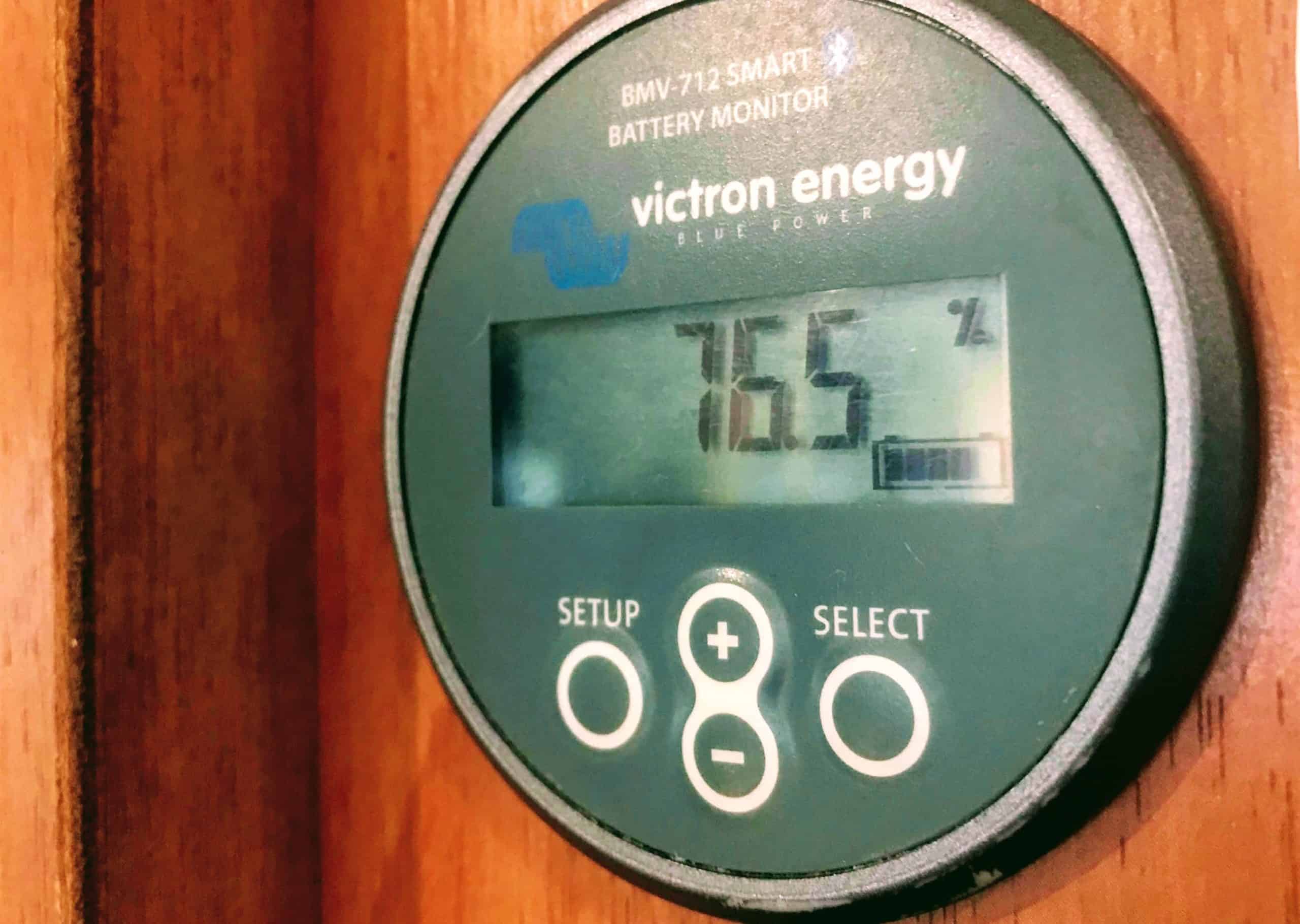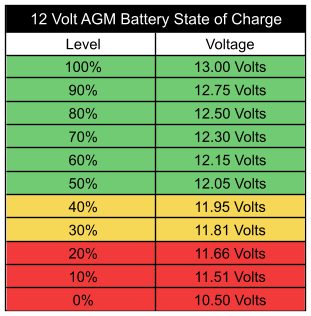MountainmanBill
New Member
- Joined
- Feb 20, 2021
- Messages
- 69
I've looked all over the web only to find conflicting charts as to the SOC of 48-volt batteries. Anywhere from 50 volts being 100% to 52 being 100% SOC. I found some info on the manufactures (Leoch) website depicting a line graph that shows the battery's "Relationship of OCV and State of Charge (77 degrees F.)". The line shows "Battery voltage (V/cell)" being approximately 2.17 volts per cell. Assuming there are three cells per battery, a battery's 100% OCV SOC would then be 6.51 volts. 6.51X8=52.08 volts.
I found a chart that lists 100% SOC being 52.0 volts, 51.1 90%, 50.0 80%, 49.2 70%, 48.6 60%, 48.2 50%, 47.8 40%, 47.3 30%, 46.6 20%, and 46.0 10% SOC. The manufacturers line graph shows 50% SOC being 49.44, quite different than the chart numbers listed above.
Is the manufactures line graph accurate for real world conditions or are they laboratory conditions only? They are also for OCV. How am I to know the actual, or in the ballpark figure, of the battery bank when in use? What do Y'all do to get a reasonable assumption of your battery's SOC without shutting down your system and resting the batteries to get an accurate reading? And where can I find a real time/real world SOC chart for a 48-volt battery bank when it's load or charging rates are low?
I found a chart that lists 100% SOC being 52.0 volts, 51.1 90%, 50.0 80%, 49.2 70%, 48.6 60%, 48.2 50%, 47.8 40%, 47.3 30%, 46.6 20%, and 46.0 10% SOC. The manufacturers line graph shows 50% SOC being 49.44, quite different than the chart numbers listed above.
Is the manufactures line graph accurate for real world conditions or are they laboratory conditions only? They are also for OCV. How am I to know the actual, or in the ballpark figure, of the battery bank when in use? What do Y'all do to get a reasonable assumption of your battery's SOC without shutting down your system and resting the batteries to get an accurate reading? And where can I find a real time/real world SOC chart for a 48-volt battery bank when it's load or charging rates are low?





